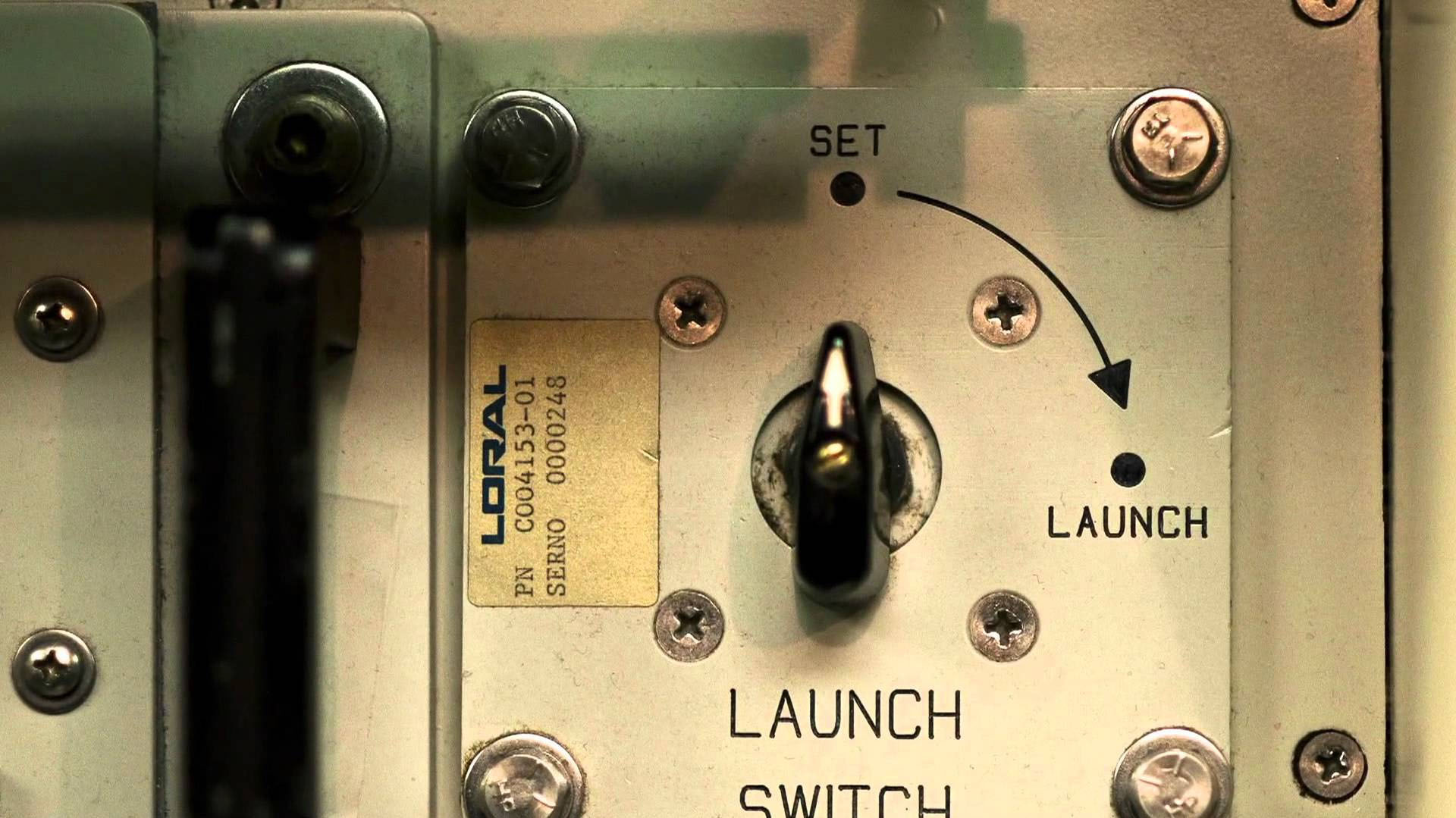The Two-man rule, also known as the Two-Person Concept, is a regulation that requires at least two people to be present at many stages of nuclear weapons operations and maintenance. The US Air Force states that the goal of the two-man rule is: “to make sure that a lone individual cannot perform an incorrect act or unauthorized procedure on a nuclear weapon, nuclear weapon system, or certified critical component.”1
Within American nuclear silos, this is enforced both through regulation and physical infrastructure — for example, by requiring the turning of two keys physically separated beyond what a single human being can reach within a short interval of time.2
This article is incomplete. Things to be added: 1. History of the two-man rule; 2. Known violations of the two-man rule; 3. The application of the two-man rule to the launch process itself; 4. The two-man rule in other (non-US) countries.
Notes
- United States Air Force, “Nuclear Surety Tamper Control and Detection Programs,” Air Force Instruction 91-104 (23 April 2013).
- “The Titan II would not launch, however, unless the two keys were turned at the same time; the launch switches were too far apart for one person to activate them both.” Schlosser 2013.
